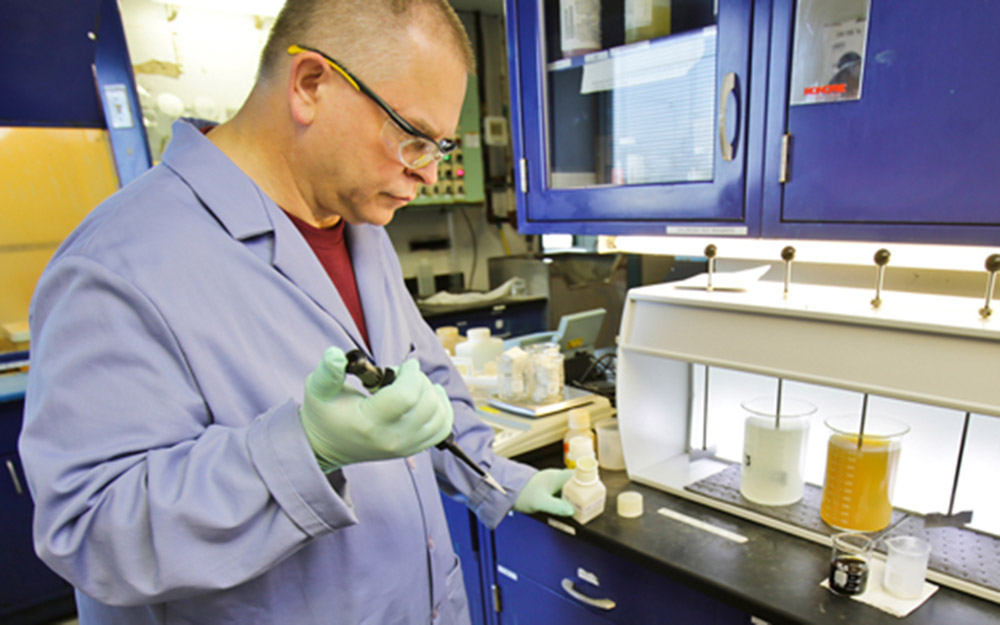Toyota’s Eco-Efficient Operation Paves the Way for Zero Waste
Toyota Motor Manufacturing, Indiana has zero-waste down to a science, efficiently turning manufacturing sludge into sustainable building material. Toyota’s eco-efficient operation is a perfect example of how manufacturers can do more to protect the environment.
Prior to 2010, the Toyota plant pumped water used in their manufacturing system through their wastewater system. They treated the water with ferric sulfate to remove metals and contaminants, which created a ton of waste – this sludge accounted for 70 percent of the plant’s total waste each month.
Toyota’s commitment to an eco-efficient operation led the automaker to test different additives for treating the sludge in an effort to minimize the waste and conserve natural resources. The result was Lime Slurry – a non-hazardous mineral and more cost-efficient option. Reducing wastewater sludge by four pounds per vehicle and over 1 million pounds per year, Lime Slurry was the best option.
In a happy accident, it turns out that the new calcium-rich sludge is an ideal replacement for cement in cement kilns. According to a recent news release, “The sludge is dried, compressed and shipped to a facility where it is used to make Portland cement, a basic ingredient of concrete, mortar and stucco.”
The new process allowed Toyota Motor Manufacturing, Indiana to become a zero waste to landfill facility, and Toyota’s eco-efficient operation is something we can all feel really good about.

The News Wheel is a digital auto magazine providing readers with a fresh perspective on the latest car news. We’re located in the heart of America (Dayton, Ohio) and our goal is to deliver an entertaining and informative perspective on what’s trending in the automotive world. See more articles from The News Wheel.


